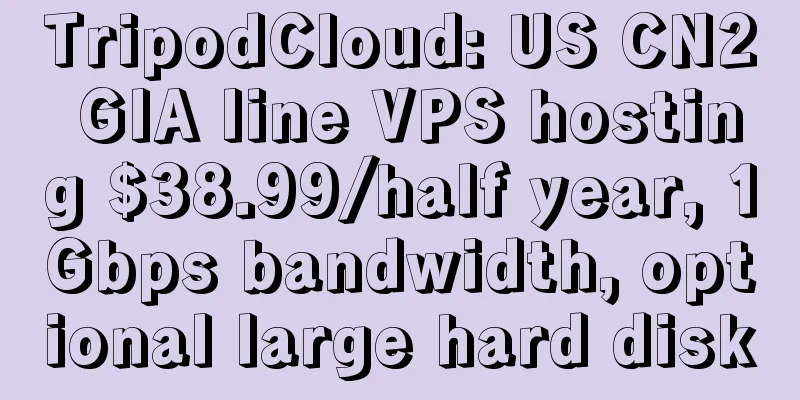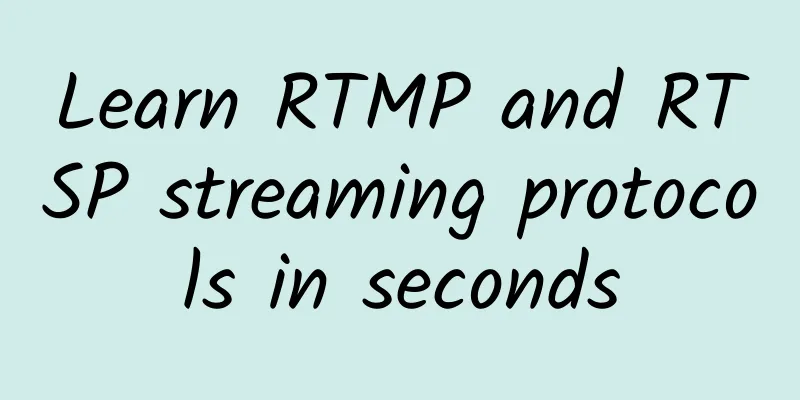The sooner you know, the sooner you will benefit. What exactly is NaaS, which is about to become a trend?

|
X-as-a-Service offerings have been around for more than a decade, with roots going back decades. Now, enterprise Network as a Service (NaaS) has been added to this growing category of service offerings. NaaS enables enterprises to outsource network functions not only from Layer 1 to Layer 3 (including switches and routers), but also from Layer 4 to Layer 7 (such as software-defined wide area networks, or SD-WAN, and application delivery controllers, or ADCs). Since most enterprise network functions require physical hardware to transfer data to and from endpoints and data centers or the Internet, the adoption of NaaS is still in its early stages and delivery as a service is a challenge. Layer 4 to Layer 7 functions can already be implemented in a cloud delivery model.
IT teams will increasingly adopt NaaS over the next five years as vendors deliver hybrid products that include software, cloud intelligence, and managed on-premises hardware. These services will be subscription-based, pay-as-you-go, making the network more of an operating expense than a capital expense. They will offer centralized management, making it easy to add and remove network and security features. The service enables the outsourcing of enterprise network operations to providers, which may include vendors and their partners, who offer service-level agreements (SLAs) to define guarantees around uptime and problem resolution. Currently, NaaS is best suited for organizations that want to streamline IT and need to provide network support for home offices and branch offices. This service can be enabled and delivered in the cloud, with little need to manage local hardware. This service includes:
NaaS has the same advantages as other X-as-a-Service products, including significant flexibility. NaaS can quickly configure new sites and new services, and can flexibly increase or decrease resources as demand changes. It is also suitable for quickly adding and removing network services. Like software as a service and infrastructure as a service, the underlying software of NaaS may be regularly updated to the latest and most secure versions; because it is optimized for the cloud, it can provide uptime guarantees and help solve problems with the help of artificial intelligence. With NaaS, enterprises have the potential to convert large capital expenditures into operating expenses, allowing some or all of the resources needed to connect a certain location or type of user (such as those working from home) to be outsourced. However, enterprise NaaS is not without challenges. If medium to large organizations have already made significant investments in existing remote, branch, campus, and data center network security infrastructure, migrating to NaaS will be difficult and time-consuming. Multi-vendor environments further complicate the issue. Since NaaS relies on fast, low-latency Internet services, any interruption in WAN connectivity could result in a serious degradation or shutdown of enterprise network operations. Since NaaS services are relatively new and pricing is still uncertain, enterprise leaders may find that annual operating costs are beyond their budgets.
It also has to address a number of important issues, notably the SLA. Such an agreement should spell out what happens if the network goes down or degrades, and how quickly full service can be restored. Compensation for these problems should include lost revenue, poor customer service and reduced employee productivity. Before purchasing NaaS, enterprise customers should determine how easy it is to customize the product to their unique needs and how easy or difficult it will be to modify the service as needs change. Because NaaS customers have outsourced part of their network, they need to consider what happens when the contract expires. These organizations won’t own the network in the traditional sense, so if they want to switch providers, the switching process can be complicated and contract negotiations can be complex. NaaS may be ideal for enterprises with recently deployed employees or new branch offices, but it is not suitable for all enterprises. Migrating a large enterprise campus network or data center network to NaaS will be extremely challenging. NaaS vendors are unlikely to support multi-vendor networks, and organizations that want to go all-in on NaaS may face vendor lock-in. Adopting NaaS will move away from the enterprise model of having highly trained in-house network engineers operating all the complex network hardware. While most enterprises will continue to run complex physical networks on-premises, they will add cloud-based intelligence, including management and orchestration (MANO) and security. In addition to the impact NaaS has on enterprise networks, it will also have a significant impact on the structure of the networking industry, including channel partners who sell hardware, software and services. Vendors have a lot of work to do to educate these partners to recognize their NaaS products. They will have to answer questions such as: How can the channel continue to provide value-added services? How easy is it to customize NaaS products? Enterprise NaaS will slowly gain mass adoption over the next five to ten years. New sites, temporary locations, and small branch offices are best suited for it now. NaaS offerings are also attractive if the enterprise is connecting remote, home, and mobile employees who need secure and reliable application performance. But enterprise networks that need to transmit traffic at high speeds on site will be difficult to deliver as a service. |
<<: Things about WKWebView on iOS
Recommend
Wangsu Technology launches one-stop edge intelligence solution to lower AIGC application threshold
The new generation of intelligent technologies re...
New "skills" and "higher salaries" - Ruijie launches new service certification products
Recently, Ruijie Networks released two new servic...
SpartanHost Seattle 20% off VPS restock, Dallas regular/large hard drive VPS restock
SpartanHost is currently restocking some packages...
Broadband speed increase is in earnest: starting from 100M in big cities!
The government's plan to increase speed and r...
Seven QoS best practices for monitoring cloud traffic
The recent maturation of technologies such as hig...
The Smart Network: Cisco's most disruptive innovation in a decade
A little over a year ago, my colleague David McGr...
Do you know how to use a switch? The correct way to connect a switch
In the era of popular Internet, many families hav...
4G+ broadband is advancing rapidly: China Mobile's dual-line network is killing China Unicom
China Mobile and China Unicom both announced thei...
10gbiz: Dedicated server promotion from $36.6/month, 1Gbps unlimited traffic server from $118/month, US/Japan/Korea/Hong Kong data centers
10gbiz has released this month's promotion, w...
Blockchain technology will change the rules of the cybersecurity game
Cybersecurity experts believe that blockchain, th...
Huawei Cloud Online Education Innovation Season kicks off to light up the dream classroom with technology
[51CTO.com original article] Is it a crisis or an...
Linveo: $15/year-AMD Ryzen/1GB/25G NVMe/2TB/Ottoville
This is the first time that Linveo has appeared o...
Huawei and industry partners jointly release the "5G Deterministic Network Architecture Industry White Paper"
Today, the 5G Deterministic Network Industry Summ...
New space age opens opportunities for edge computing
Satellite communications are starting to become f...
One skill a day: You can make a mistake in splicing a URL, and write a crawler
When writing crawlers, we often need to parse the...









